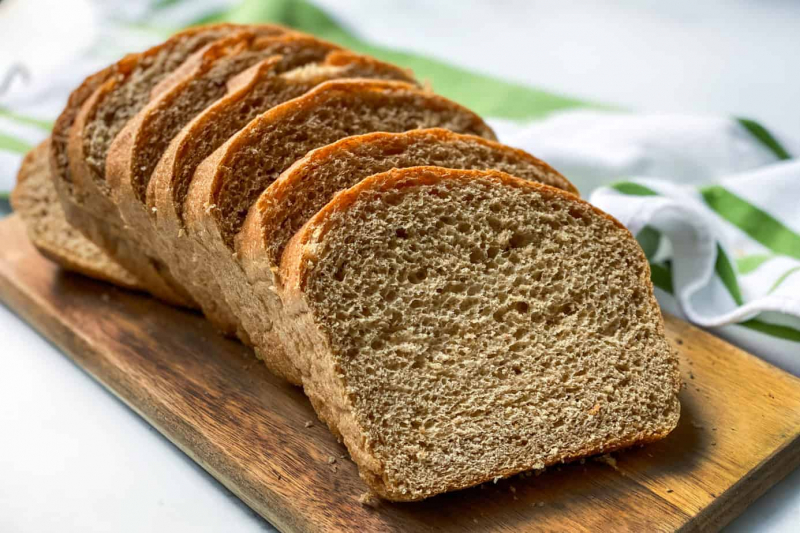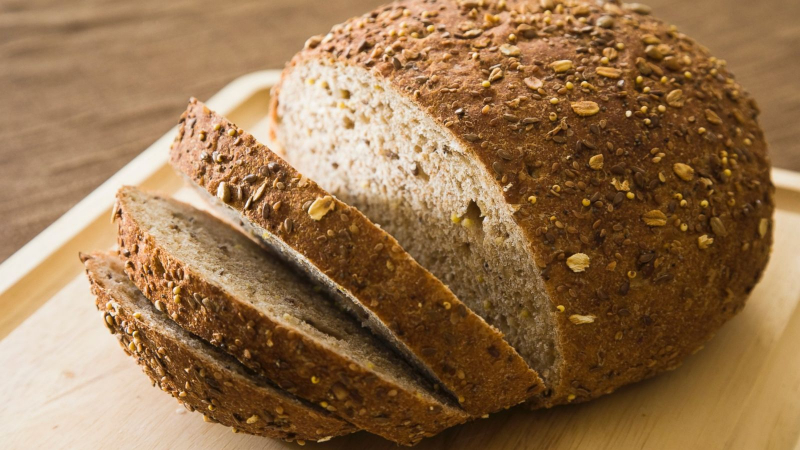100% whole wheat

Whole grains keep the entire grain intact, including the germ, endosperm, and bran. The hard, outer covering of the grain, known as the bran, is rich in fiber. Protein, fat, vitamins, minerals, and health-promoting plant components are also present in the bran and germ.
Because the bran and germ have been removed during processing, refined grains, including whole wheat, are thought to be less nutritious and lower in fiber. Lower risk of type 2 diabetes, heart disease, and some cancers have all been associated with eating whole grains. It's crucial to remember that many manufacturers label bread "whole wheat" to make them seem healthier even when they mostly contain refined flour. Avoid adding unnecessary ingredients, such as added sugars or vegetable oils, and look for bread that has whole-wheat or whole-grain flour listed as its first ingredient.








